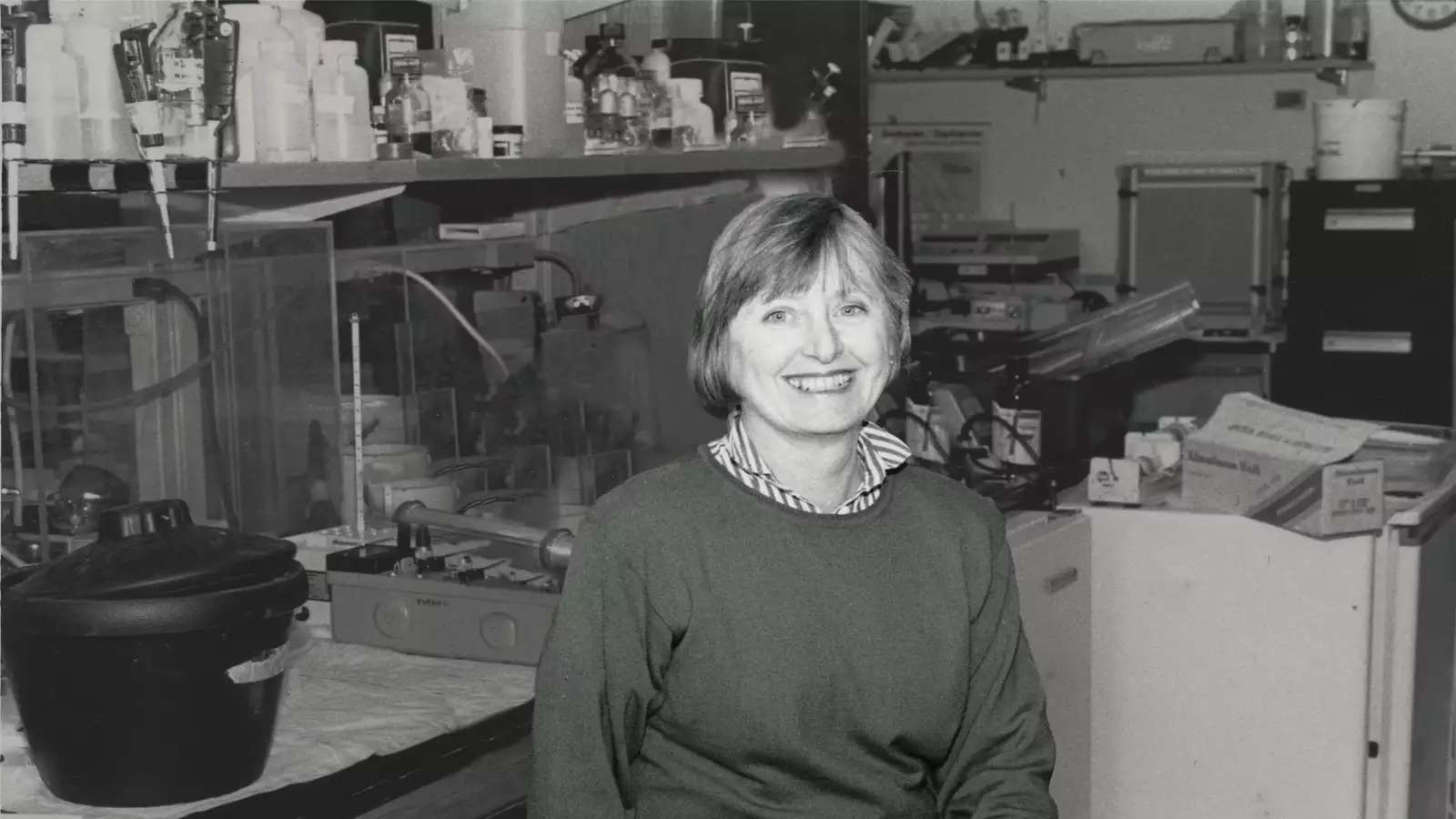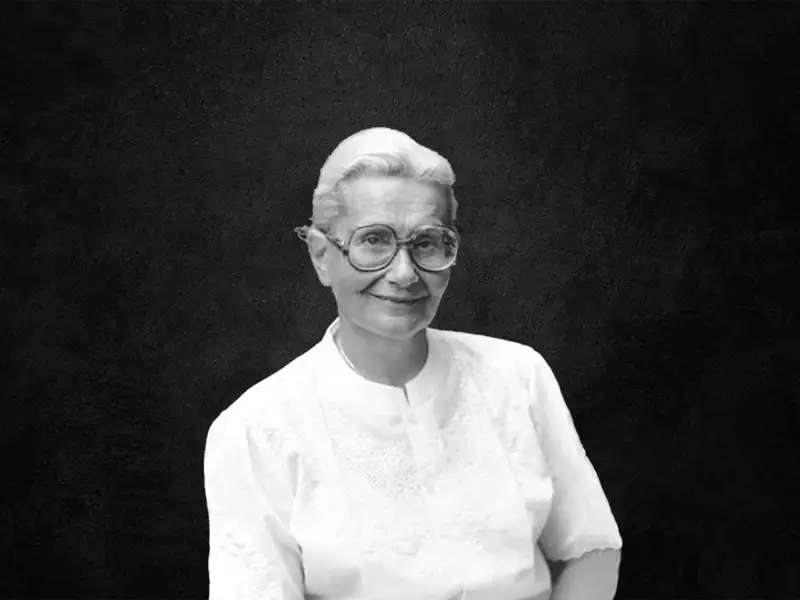
For biochemist and professor Eva J. Neer ’59, being a passionate scientist was a lifelong journey. The Brigham and Women’s Hospital and Harvard Medical School researcher revolutionized the field of cell biology and protein studies, in addition to earning honors from renowned academic institutions, such as the American Heart Association and the National Institutes of Health. Neer’s caring demeanor toward her peers and the work she produced left a lasting impression on people, establishing her “reputation both as a scientist and a model of grace,” wrote the Cambridge Historical Society.
Neer was curious about the sciences since her childhood as a Polish refugee in the United States. She and her family fled Nazi-occupied Warsaw in 1939 and eventually found a home in Scarsdale, New York, seven years later. Neer was helped by Polish virologist and fellow refugee Hilary Koprowski, who sponsored her family and became an enthusiastic role model for Neer. Neer’s love for learning was also encouraged by her parents, who were both academic professionals.
Yearning to build her education, Neer entered Radcliffe College but completed her undergraduate studies at Barnard as an English major, along with pre-medical course requirements at Harvard College’s Summer School, according to her National Academy of Sciences’ biography. Her intellectual discipline, combined with her engaging demeanor and ability to make friendships quickly, allowed her to flourish at Barnard. Neer married and subsequently entered Columbia’s College of Physicians and Surgeons with her husband, where she developed her true passion for researching the biochemistry of signaling cell proteins.
After graduating from Columbia’s medical school, Neer continued her research at Harvard College and Brigham and Women’s Hospital. Her rigorous methods of examination and experimentation led her to discover a new class of G protein subunit, termed Go, later understood as one of the most abundant signaling proteins in brain chemistry. Neer’s work helped set a foundation for understanding how certain brain cells communicate and how the body reacts to prescription drugs and hormones, among other important discoveries.
The scholarly poise and established expertise that Neer gained through her postgraduate research transitioned smoothly into her career as a biochemistry professor and mentor at Harvard Medical School in 1976. She went above and beyond for her students as an educator, tutoring biochemistry undergraduates and regularly meeting with them to provide counsel on professional and personal matters. Neer was hired as an assistant professor at Havard in 1976 and a tenured professor of medicine in 1991, the second woman to ever hold that title.
Throughout her career, Neer understood the issues facing women scientists and sought to implement policies that would eliminate gender barriers in science. Neer served on the Senior Advisory Committee on Women of Partners Healthcare during her time at Harvard, working alongside her colleagues to identify and create solutions for issues facing women working in medicine.
The successes of Neer’s research and academic career were honored through a myriad of awards and celebrations. Neer was elected into the American Academy of Arts and Sciences, the National Academy of Sciences, and the Institute of Medicine (now called the National Academy of Medicine) for her scientific achievements. In 1989, Neer earned the coveted Merit Award from the National Institute of Health. She was also nominated to the Polish Institute of Sciences and Arts in America by Koprowski.
Neer passed away in her Cambridge, Massachusetts, home in 2000, and her legacy as a creative and impassioned scientist continues to shape the field of biochemistry today. Remembering Neer in 2003, The Harvard Gazette wrote that she inspired both her students and colleagues “to work hard, to care passionately about science and each other, and always to see the world with joy.”
“You Oughta Know” is produced in collaboration with Obden Mondésir, associate director of the Barnard Archives and Special Collections.
– SOLBY LIM ’22




